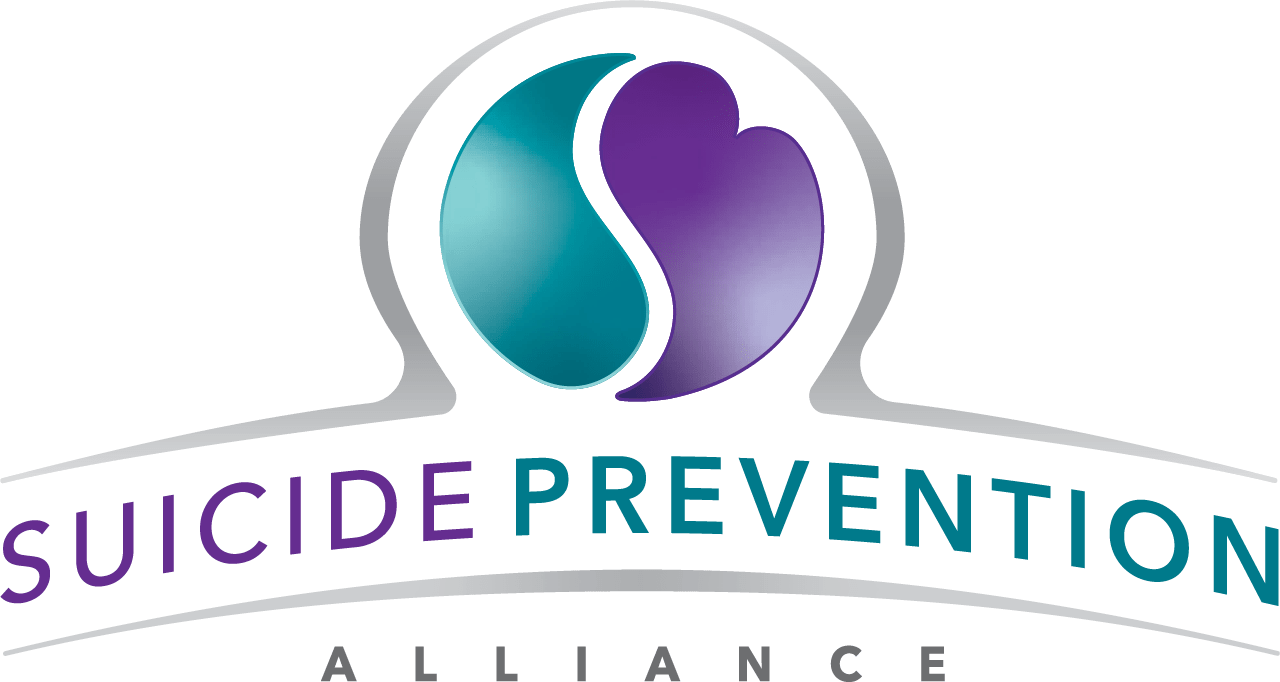*Taken from the National Institute of Mental Health (NIMH) shortened version
https://www.nimh.nih.gov/health/publications/suicide-faq/index.shtml
Suicide is when people direct violence at themselves with the intent to end their lives, and they die because of their actions. It’s best to avoid the use of terms like “committing suicide” or a “successful suicide” when referring to a death by suicide as these terms often carry negative connotations.
A suicide attempt is when people harm themselves with the intent to end their lives, but they do not die because of their actions.
According to the Centers for Disease Control and Prevention (CDC), men are four times more likely to die by suicide than women, but women are more likely to attempt suicide three times more than men. Men are more likely to use more lethal methods, such as firearms or suffocation. Women are more likely than men to attempt suicide by medications/poisoning.
Also, per the CDC, certain demographic subgroups are at higher risk. Suicide rates vary by race/ ethnicity, age, and other factors, such as where someone lives. By race/ethnicity, the groups with the highest rates are non-Hispanic American Indian/Alaska Native people followed by non-Hispanic White people. Other Americans with higher than-average rates of suicide are veterans, people who live in rural areas, and workers in certain industries and occupations like mining and construction. Young people who identify as lesbian, gay, or bisexual have higher prevalence of suicidal thoughts and behavior compared to their peers who identify as heterosexual.
Most people who have the risk factors for suicide will not kill themselves. However, the risk for suicidal behavior is complex. Research suggests that people who attempt suicide may react to events, think, and make decisions differently than those who do not attempt suicide. These differences happen more often if a person also has a disorder such as depression, substance abuse, anxiety, borderline personality disorder, and psychosis. Risk factors are important to keep in mind; however, someone who has warning signs of suicide may be in more danger and require immediate attention.
Suicidal thoughts or actions are a sign of extreme distress and an alert that someone needs help. Any warning sign or symptom of suicide should not be ignored. All talk of suicide should be taken seriously and requires attention. Threatening to die by suicide is not a normal response to stress and should not be taken lightly.
Asking someone about suicide is not harmful. There is a common myth that asking someone about suicide can put the idea into their head. This is not true. Several studies examining this concern have demonstrated that asking people about suicidal thoughts and behavior does not induce or increase such thoughts and experiences. In fact, asking someone directly, “Are you thinking of killing yourself,” can be the best way to identify someone at risk for suicide.
Knowing how to get help for a friend posting suicidal messages on social media can save a life. Many social media sites have a process to report suicidal content and get help for the person posting the message. In addition, many of the social media sites use their analytic capabilities to identify and help report suicidal posts. Each offers different options on how to respond if you see concerning posts about suicide. For example:
- Facebook Suicide Prevention webpage can be found at www.facebook.com/help/594991777257121/ [use the search term “suicide” or “suicide prevention”].
- Instagram uses automated tools in the app to provide resources, which can also be found online at https://help.instagram.com [use the search term, “suicide,” self-injury,” or “suicide prevention”]
- Snapchat’s Support provides guidance at https://support.snapchat.com [use the search term, “suicide” or “suicide prevention”]
- Tumblr Counseling and Prevention Resources webpage can be found at https://tumblr.zendesk.com [use the search term “counseling” or “prevention,” then click on “Counseling and prevention resources”].
- Twitter’s Best Practices in Dealing With Self-Harm and Suicide at https://support.twitter.com [use the search term “suicide,” “self-harm,” or “suicide prevention”].
- YouTube’s Safety Center webpage can be found at https://support.google.com/youtube [use the search term “suicide and self injury”].
Effective suicide intervention practices are based on research findings and tested to see how various programs benefit various specific groups of people. For example, research has shown that borderline personality disorder is a risk factor for suicidal behavior, and there are programs that are effective in reducing suicide attempts.
Among its research on suicide, the National Institute of Mental Health (NIMH) has supported research on strategies that have worked well for those who have mental health conditions related to suicide such as depression and anxiety. These mainly include types of psychotherapies (such as cognitive behavior therapy or dialectical behavioral therapy). NIMH also conducts research on suicide risk screening tools for health care clinicians to use as a guide for screening patients for suicide risk.
For basic information about psychotherapies and medications, visit the NIMH website (www.nimh.nih.gov/health). For the most up-to-date information on medications, side effects, and warnings, visit the Food and Drug Administration (FDA) website.
Looking for a mental health provider in your area?
For general information on mental health and to locate treatment services in your area, call the Substance Abuse and Mental Health Services Administration (SAMHSA) Treatment Referral Helpline at 1–800–662–HELP (4357). SAMHSA also has a Behavioral Health Treatment Locator on its website that can be searched by location.
Talking to Your Doctor
Suicide is often not discussed in medical visits where physical symptoms are more of the focus. If you have thoughts of suicide, tell your health care provider. Asking questions and providing information to your doctor or health care provider can improve your care. Talking with your doctor builds trust and leads to better results, quality, safety, and satisfaction. Visit the Agency for Healthcare Research and Quality website for tips at www.ahrq.gov/patients-consumers.

Additional Information
Who We Are
Suicide Prevention Alliance is a 501(c)3 nonprofit organization that helps people who are in need of preventative suicide assistance
